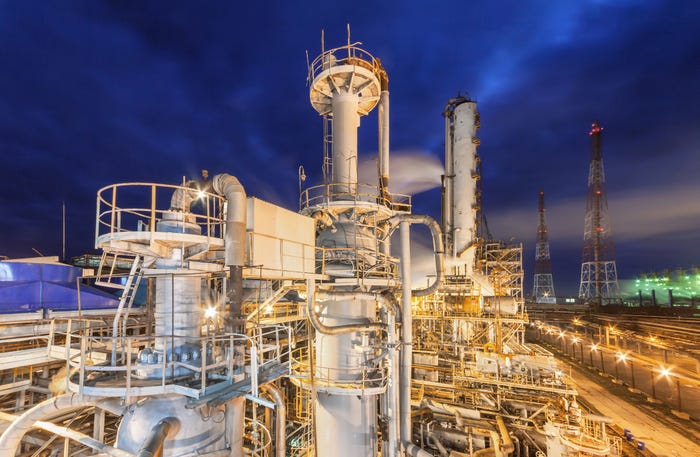Why Schneider Electric Sees a Smart Energy RevolutionWhy Schneider Electric Sees a Smart Energy Revolution
The concept of smart energy will quickly become a reality, according to the chief innovation officer of Schneider Electric, a Fortune Global 500 company.
October 24, 2019

“Get prepared for the revolution.”
That’s a phrase Emmanuel Lagarrigue, chief innovation officer of Schneider Electric, used to describe the next decade of the energy sector. And the volume of change could be in line with what we’ve seen in other industries such as IT or telecommunications.
While sweeping change is poised to hit a variety of sectors, the transformation is more mature in some industries than others. “In energy, we are just at the beginning,” Lagarrigue said. “We see the inflection point coming in 2023 or 2024.”
Smart Energy: Digital Transformation Comes to the Utilities Sector
International energy consumption will likely double in the next two decades, Lagarrigue predicted. There’s a historical precedent for that projection, as world energy consumption has roughly doubled every 20 years since World War II.
At present, several factors are leading to a ramping up of energy consumption that will likely more than outstrip gains in energy efficiency. There are swelling IT loads. There is a gradual transition from natural gas appliances to electric in addition to a surge in demand for HVAC systems in emerging countries. The proliferation of electric vehicles. And the electrification of many industrial processes that once relied on fossil fuels. For instance, the Port of Long Beach, the second biggest container port in the United States, converted its diesel-based cranes to electric versions in the past decade. “You see a lot of industrial processes that are going to [become] electrical,” Lagarrigue said.
[Industrial IoT World is the event where companies learn how to scale IIoT for integration, innovation and profit. Save $200 on your conference pass with VIP code “IOTWORLDTODAY.”]
And in two decades’ time, there’s no way the traditional power grid can keep up. “We invented that 150 years ago,” Lagarrigue explained. In 2017, the American Society of Civil Engineers gave the U.S. energy infrastructure a grade of D+. The amount of funding allocated to maintain and upgrade the traditional grid — in the United States and other nations with aging infrastructure — is vastly insufficient, according to Lagarrigue. “There won’t be enough money, and structurally, it’s not thinkable to double the grid — especially at the same time when producing your own energy from solar panels and other sources of energy production, as well as storage, is becoming very cheap.”
Software Will Eat the Energy World
In 2011, American entrepreneur Marc Andreessen famously proclaimed that software is eating the world.
Now, software is setting its sights on the energy sector, according to Lagarrigue, and will be a critical driver of the sector’s digital transformation. Because the electrical infrastructure is becoming more distributed, software will play a key role in defining how electricity flows to EVs, industrial facilities, consumers with rooftop solar and so forth. In the next two decades, microgrids will become commonplace, Lagarrigue predicted. “You will have to orchestrate between sources of energy and you do that with software.”
As a result, the increasing role of software in microgrids and elsewhere will shift the priorities of the utility sector. It will force incumbents to either reinvent themselves or face an onslaught of competition from new market entrants, which could range from scrappy startups to oil-and-gas companies seeking to become leaders in the new utility landscape. The concept of smart energy won’t be an option — it will become a necessity.
Whereas in the past, the utility sector relied on workers to help diagnose grid problems and make adjustments, this model isn’t tenable with microgrids. “You don’t want someone clicking and switching from one source to the other. In some cases, [the change] needs to happen within milliseconds,” Lagarrigue said.
“It’s going to be about software. Make no mistake,” Lagarrigue concluded. “Utilities, as we know, with a centralized power grid and transmission lines, aren’t going to be power generators anymore,” he added. “They’re going to be software companies and they will have to understand what their mission in life is going to be.”
About the Author
You May Also Like






